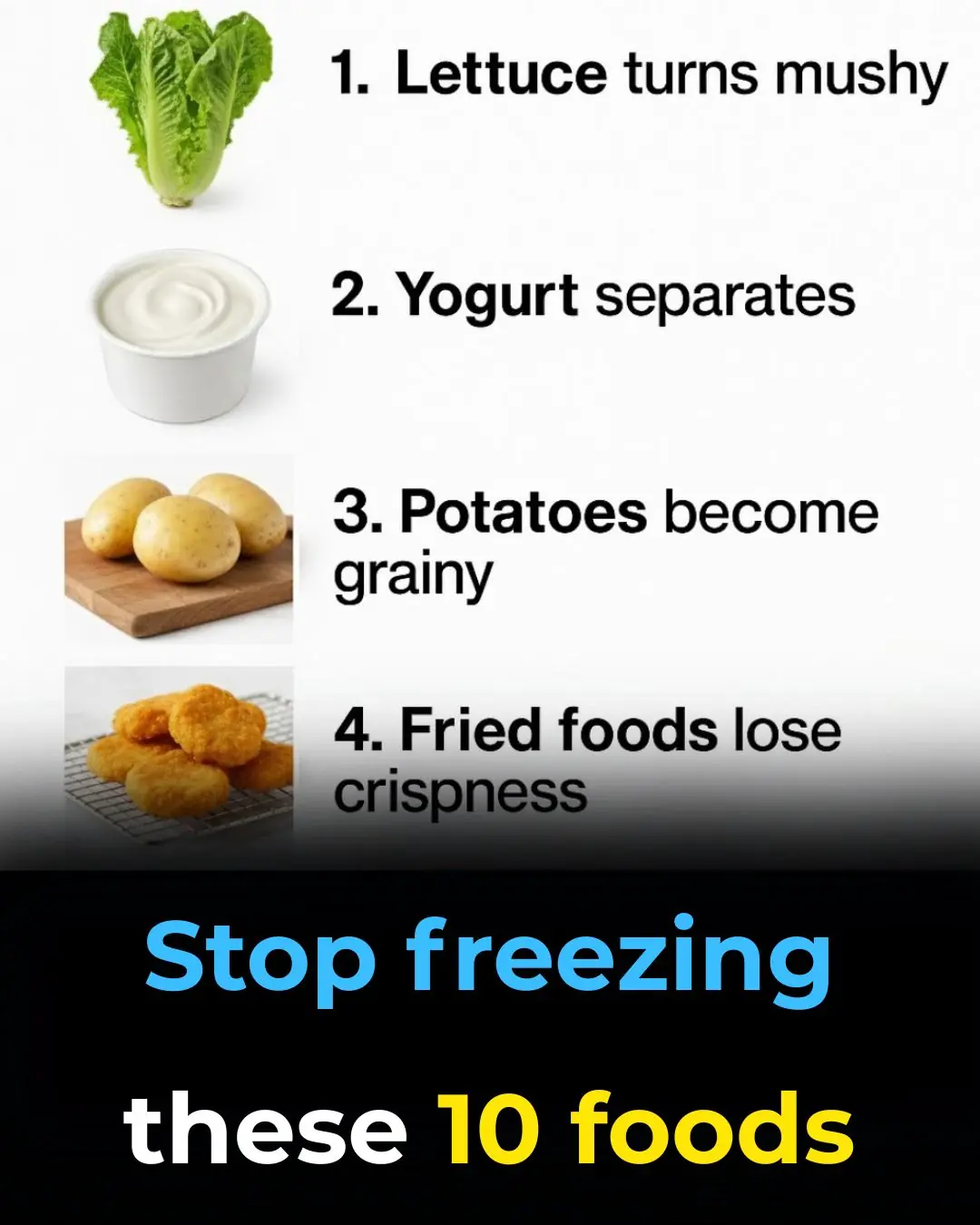
Works like a charm
Windows are often called the eyes of our homes, and keeping them clean is essential for letting in sunlight and maintaining a bright, welcoming atmosphere. However, many store-bought window cleaners can be surprisingly expensive and packed with harsh chemicals that aren’t always necessary to achieve a crystal-clear shine. That’s where my mom’s secret DIY window cleaner comes in—a simple, effective, and eco-friendly solution that leaves glass surfaces gleaming without the cost or chemicals.
For years, my mom has relied on her homemade cleaner, and the results truly speak for themselves. Friends and family constantly comment on how clear and streak-free her windows look, often asking for her “magic formula.” In this article, I’ll share the inspiration behind her DIY cleaner, break down the ingredients that make it so effective, and provide a step-by-step guide for making it yourself. We’ll also dive into the science behind its cleaning power, compare it to commercial options, and explore how it saves money while benefiting the environment.
1. The Inspiration Behind the DIY Window Cleaner
The idea for my mom’s DIY window cleaner came from her desire to find a natural, affordable, and family-safe alternative to chemical-laden store products. She grew frustrated with spending money on cleaners that often left behind streaks—or worse, a strong, artificial scent that lingered for hours. Determined to create something better, she started experimenting with ingredients she already had in her kitchen.
After several rounds of trial and error, she discovered a combination that worked beautifully. Interestingly, her recipe was inspired by her own mother’s cleaning habits—simple, practical methods that relied on natural ingredients long before the age of modern cleaning products. This generational approach—using what you have, wasting nothing, and prioritizing safety—became the foundation for her trusted homemade cleaner.
2. Ingredients: What Makes It So Effective?
The beauty of my mom’s DIY window cleaner lies in its simplicity. It uses just three ingredients:
-
White vinegar – a natural acid that cuts through grease, fingerprints, and mineral buildup.
-
Distilled water – free from minerals that cause streaks or cloudy residue.
-
Dish soap – just a drop or two helps dissolve oils and adds a bit of gentle cleaning power.
Her perfect formula is: 1 cup of white vinegar, 1 cup of distilled water, and 1–2 drops of dish soap. Once mixed in a clean spray bottle and gently shaken, this humble blend becomes a powerful, streak-free cleaner that rivals commercial brands—at a fraction of the cost.
3. Step-by-Step Guide to Making the Cleaner
Making this cleaner is easy and only takes a few minutes:
-
Gather your ingredients: 1 cup white vinegar, 1 cup distilled water, and 1–2 drops of dish soap.
-
Use a clean spray bottle—rinse it well to remove any old product residue.
-
Pour in the vinegar using a funnel to prevent spills.
-
Add the distilled water, keeping a 1:1 ratio.
-
Drop in the dish soap (no more than two drops to avoid excess suds).
-
Secure the lid and gently shake to combine.
-
Spray on windows, mirrors, or glass surfaces, and wipe with a lint-free or microfiber cloth.
Within seconds, you’ll see a crystal-clear, streak-free finish—no extra buffing needed.
4. The Science Behind the Sparkle
The success of this cleaner comes down to chemistry. White vinegar, or acetic acid, naturally dissolves mineral deposits, hard-water stains, and greasy fingerprints by breaking down the bonds between dirt and glass. Distilled water eliminates streaks by removing minerals that can dry unevenly. Finally, dish soap acts as a surfactant—reducing the surface tension of the liquid so it spreads evenly, lifting away grime effortlessly.
Together, these ingredients form a balanced, efficient cleaner that’s gentle yet powerful. Unlike harsh commercial sprays, it doesn’t leave behind a film or residue—just a mirror-like shine.
5. Comparing DIY Cleaner to Store-Bought Options
When comparing this DIY cleaner to store-bought brands, the advantages are clear. Commercial products often contain ammonia, synthetic fragrances, and artificial dyes that can irritate the skin or respiratory system. My mom’s cleaner, on the other hand, is non-toxic, scent-free, and safe to use around kids and pets.
Cost-wise, it’s unbeatable. You can make multiple bottles of the DIY version for less than the price of one commercial cleaner. And in terms of results? It holds its own—delivering streak-free clarity without the heavy scent or residue many store products leave behind.
6. Environmental Benefits of Homemade Cleaners
One of the biggest advantages of making your own cleaner is its positive environmental impact. Each batch means one less plastic bottle being purchased and eventually discarded. By reusing a single spray bottle, you reduce household waste and support sustainable habits.
Plus, the ingredients are biodegradable and environmentally safe, unlike the harsh chemicals in many conventional cleaners that can leach into waterways. Choosing natural solutions like this one supports a cleaner home and a cleaner planet.
7. Cost-Effectiveness: Saving Money with DIY Solutions
A major perk of this DIY approach is how much money it saves. White vinegar, dish soap, and distilled water are incredibly affordable—and often already sitting in your pantry. While commercial window sprays can cost several dollars per bottle, the homemade version costs mere cents per refill.
Over time, the savings add up. Households that switch to DIY cleaners can save hundreds of dollars each year, especially when replacing multiple specialty cleaning products with just a few multipurpose solutions.
8. Tips for Achieving Streak-Free Windows
For flawless results every time, follow these professional tips:
-
Use a clean microfiber cloth or lint-free towel—paper towels often leave residue.
-
Clean on a cloudy day or when windows are cool to the touch; direct sunlight causes cleaners to dry too quickly and form streaks.
-
Work from top to bottom, so drips don’t run onto cleaned areas.
-
Use a squeegee for large windows or glass doors for an ultra-smooth finish.
These small details make a huge difference between “pretty clean” and “perfectly clear.”
9. Common Mistakes to Avoid When Cleaning Windows
Even the best cleaner can produce streaks if used incorrectly. Avoid these common pitfalls:
-
Using too much cleaner—a light mist is plenty.
-
Wiping with paper towels or old rags, which can shed fibers.
-
Cleaning on hot or sunny days, causing premature evaporation.
-
Ignoring frames and sills, which can transfer dirt back onto the glass.
With a bit of care, you’ll get consistently bright, spotless results.
10. Reader Testimonials: Real-Life Success Stories
After sharing my mom’s recipe online, countless readers have written back with glowing reviews. Sarah, a mother of two, said she was skeptical at first but thrilled with the results: “My windows have never looked this clear—and I love knowing it’s safe for my kids.”
John, a retired handyman, admitted he’d tried dozens of commercial products before discovering this one. “Nothing compares,” he said. “It cuts through grime faster than anything I’ve used—and costs next to nothing.”
These testimonials highlight not only the cleaner’s performance but also how empowering it feels to take cleaning back to basics.
11. Expanding the DIY Cleaner to Other Household Uses
Although my mom originally made it for windows, this versatile cleaner works wonders elsewhere too. It leaves mirrors, glass tables, and shower doors spotless, removes fingerprints from stainless steel appliances, and can even freshen chrome fixtures.
Because it’s so gentle, you can use it regularly without damaging surfaces. It’s a multipurpose, minimalist solution that simplifies your cleaning routine, reduces clutter under the sink, and keeps your home sparkling from top to bottom.
Final Thoughts
My mom’s DIY window cleaner is more than just a recipe—it’s a small act of sustainability, self-sufficiency, and care. In a world full of disposable products and synthetic chemicals, this simple mixture proves that sometimes, the best solutions are the ones passed down through generations. Affordable, effective, and eco-friendly, it’s a reminder that keeping your home clean doesn’t have to come at a cost—to your wallet or the environment.
News in the same category

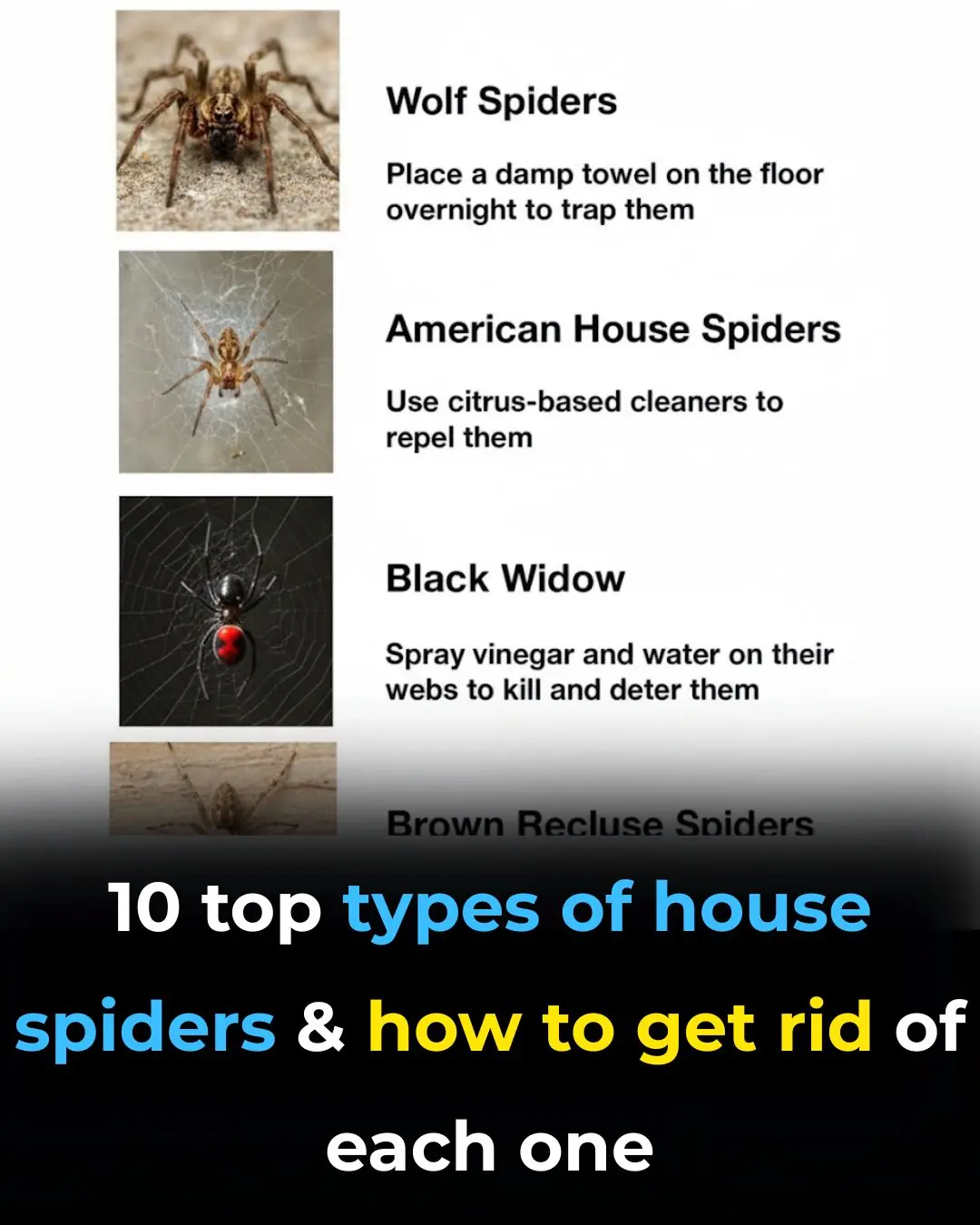
10 top types of house spiders & how to get rid of each one
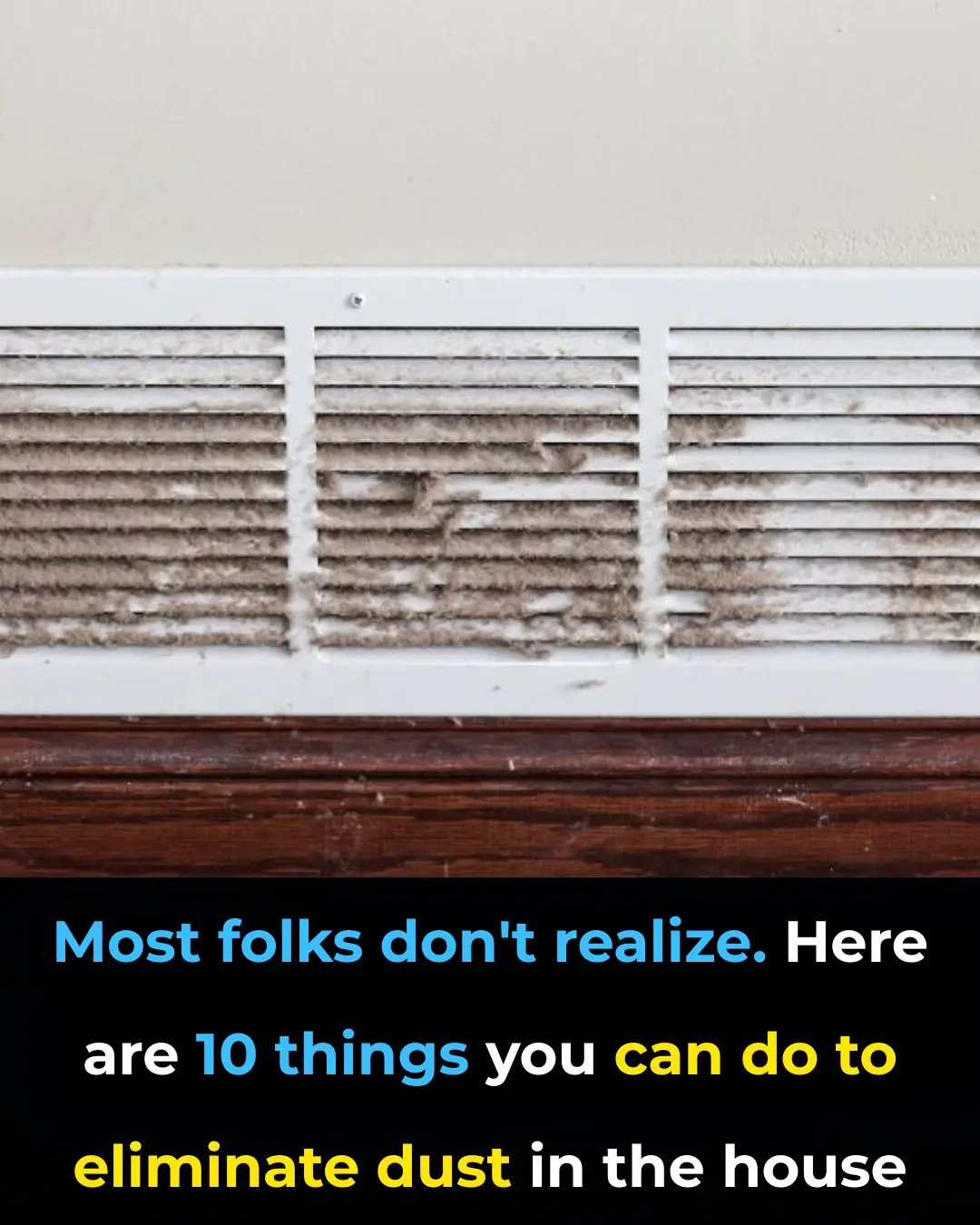
These ideas are brilliant
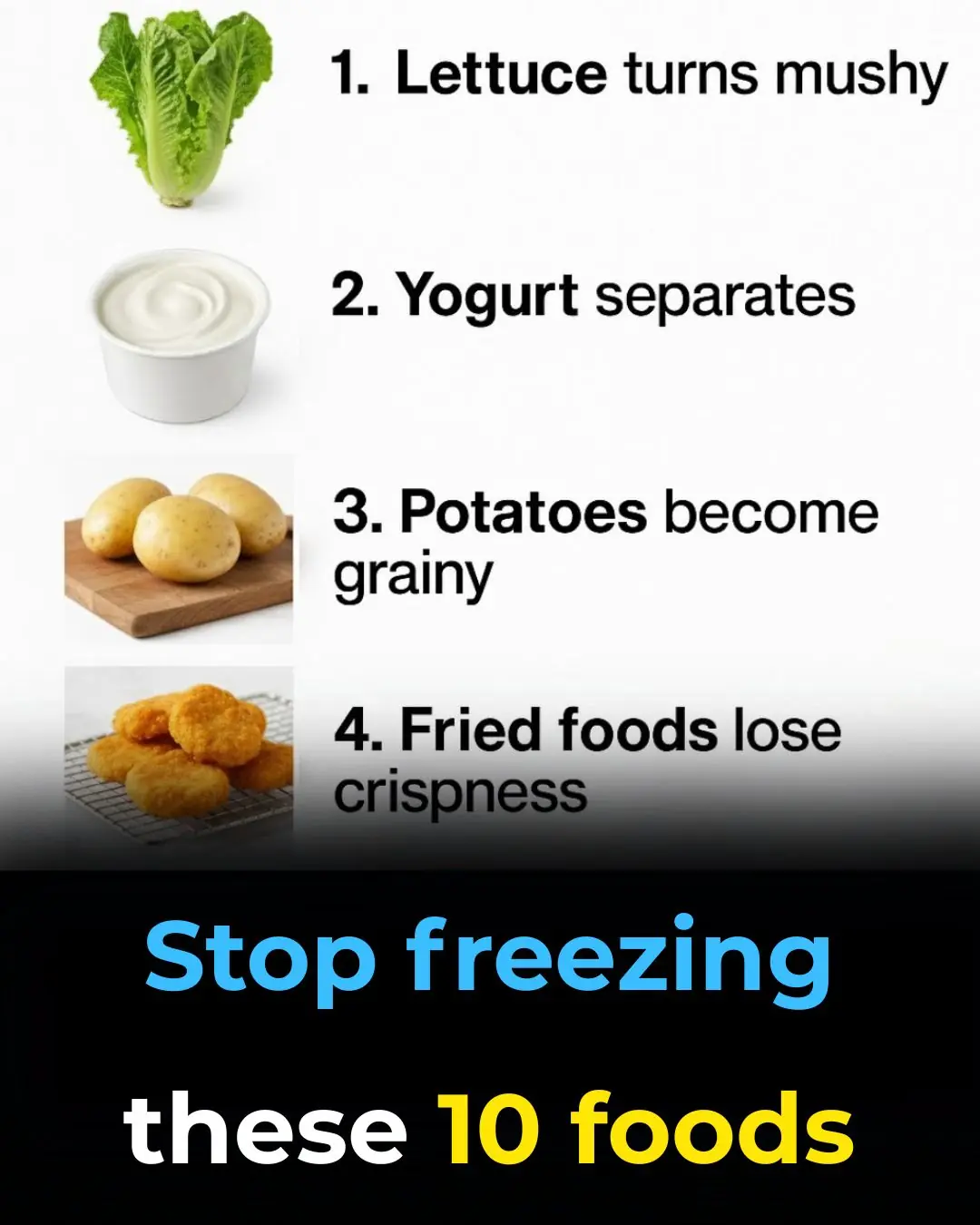
10 top types of house spiders & how to get rid of each one
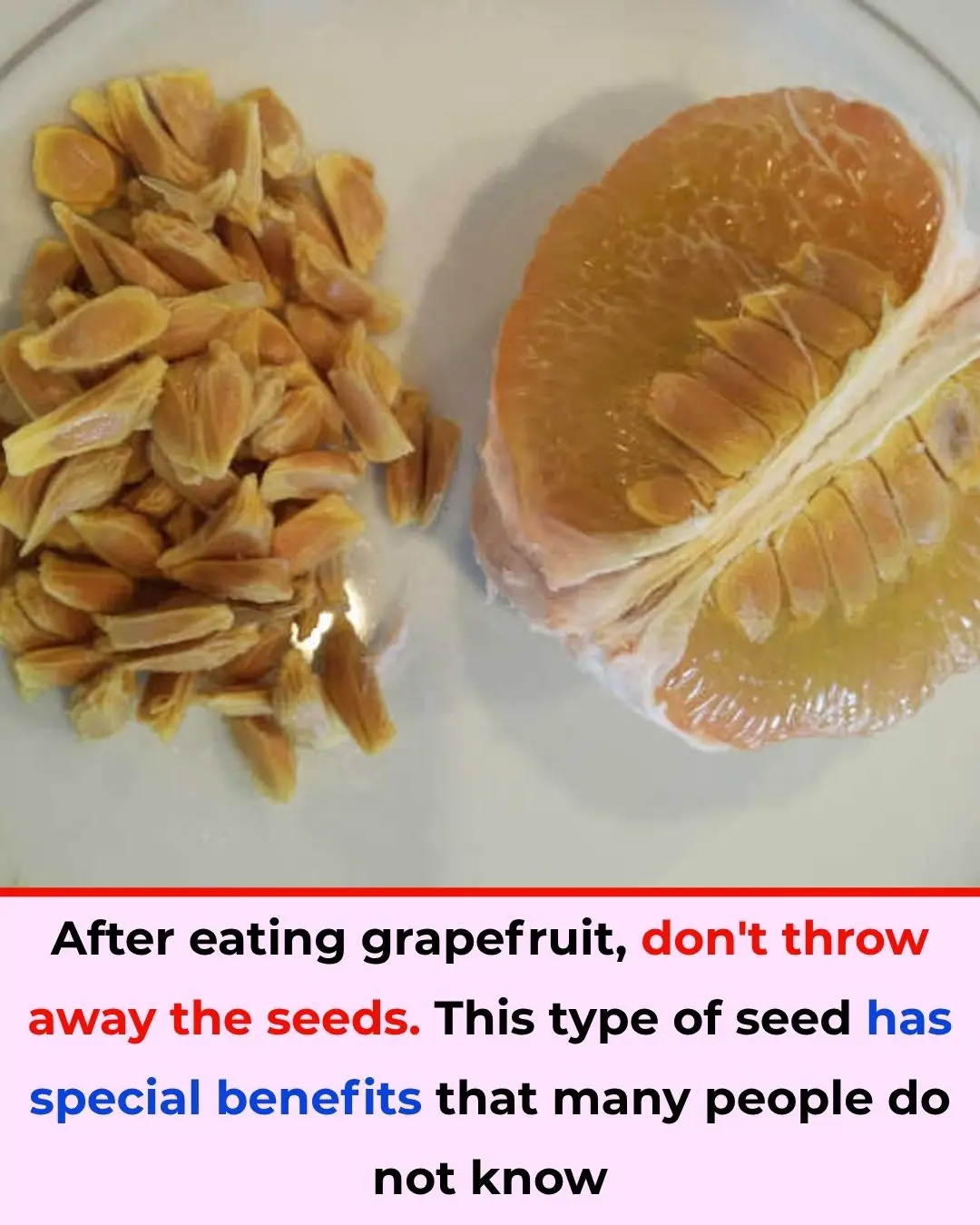
Don’t Throw Away Grapefruit Seeds – These Tiny Seeds Have Surprising Benefits

Sprinkle Salt Around Your Home on Rainy Days – It Sounds Strange, but the Results Are Amazing

Remove Bad Odors from Your Refrigerator Overnight with These Simple Tricks

I had no idea this was a thing
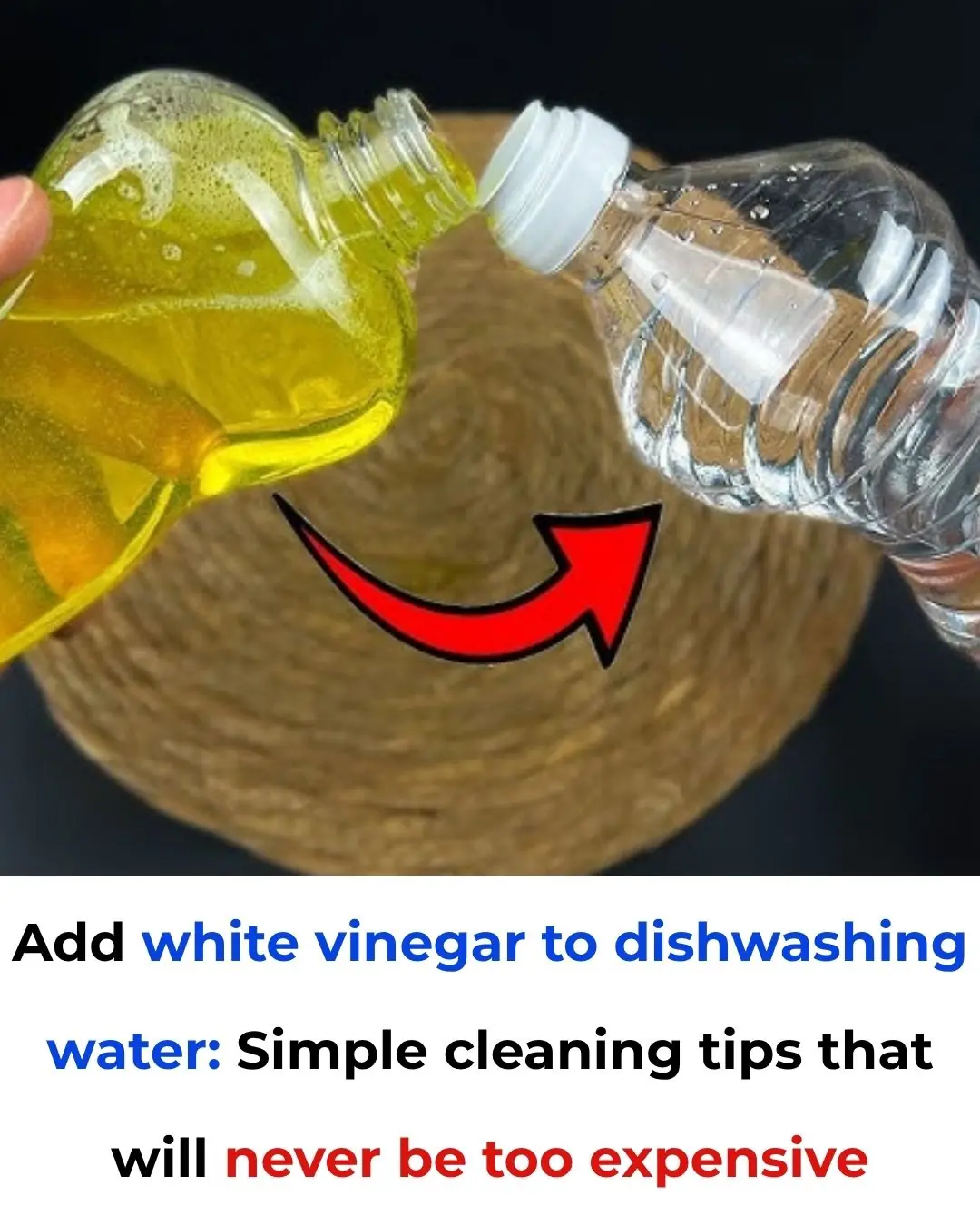
Add white vinegar to dishwashing water: Simple cleaning tips that will never be too expensive
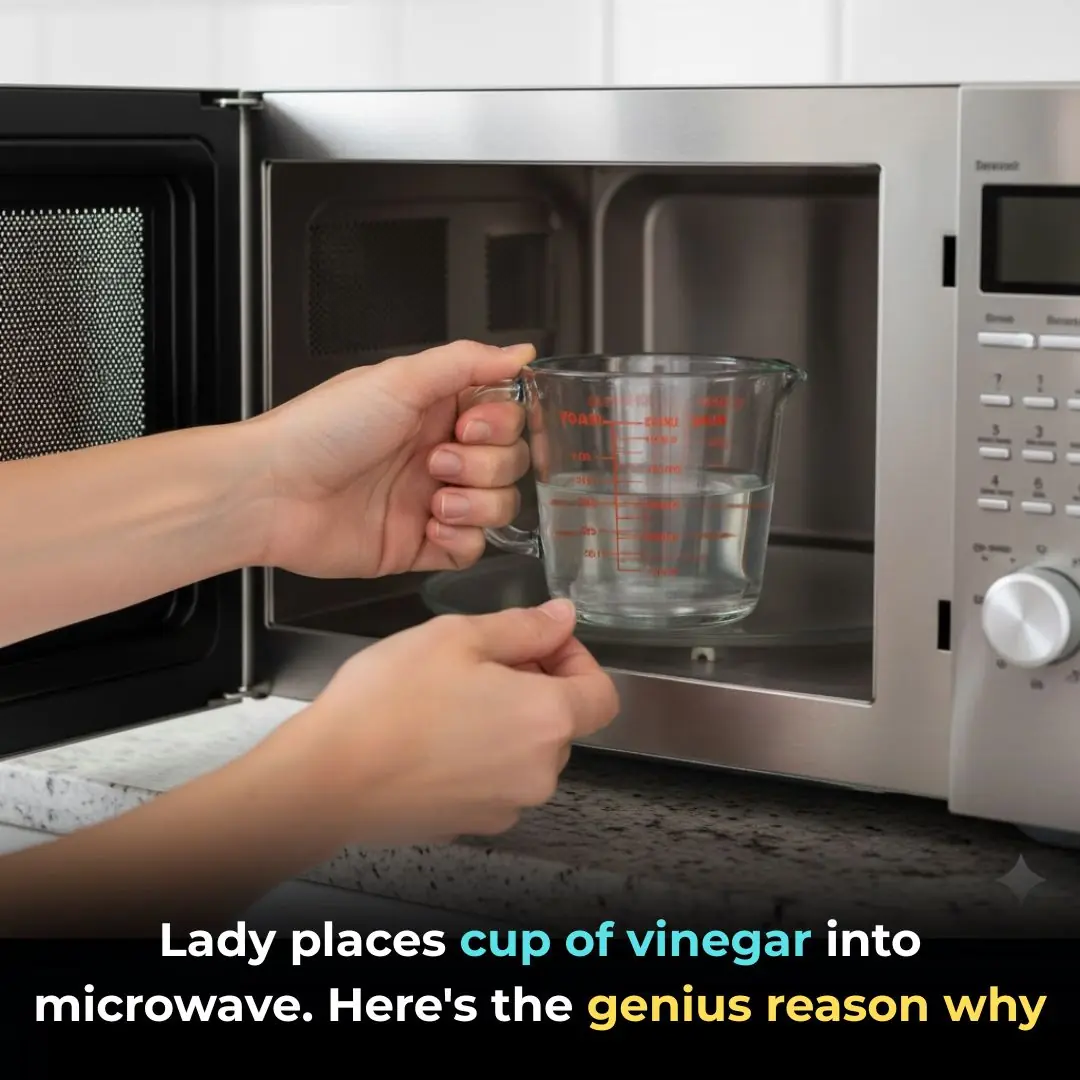
Lady places cup of vinegar into microwave. Here’s the genius reason why
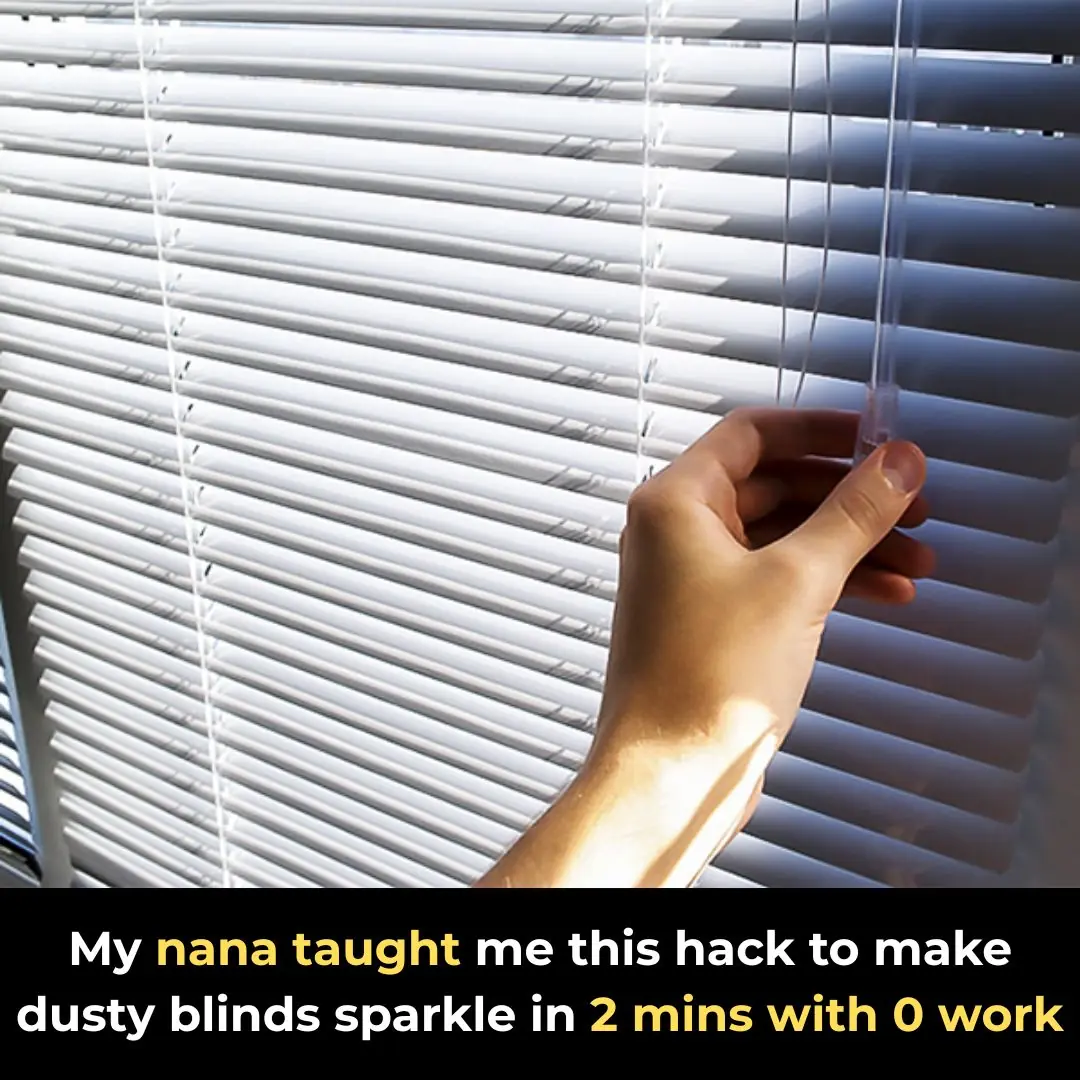
My nana taught me this hack to make dusty blinds sparkle in 2 mins with 0 work. Here’s how it works
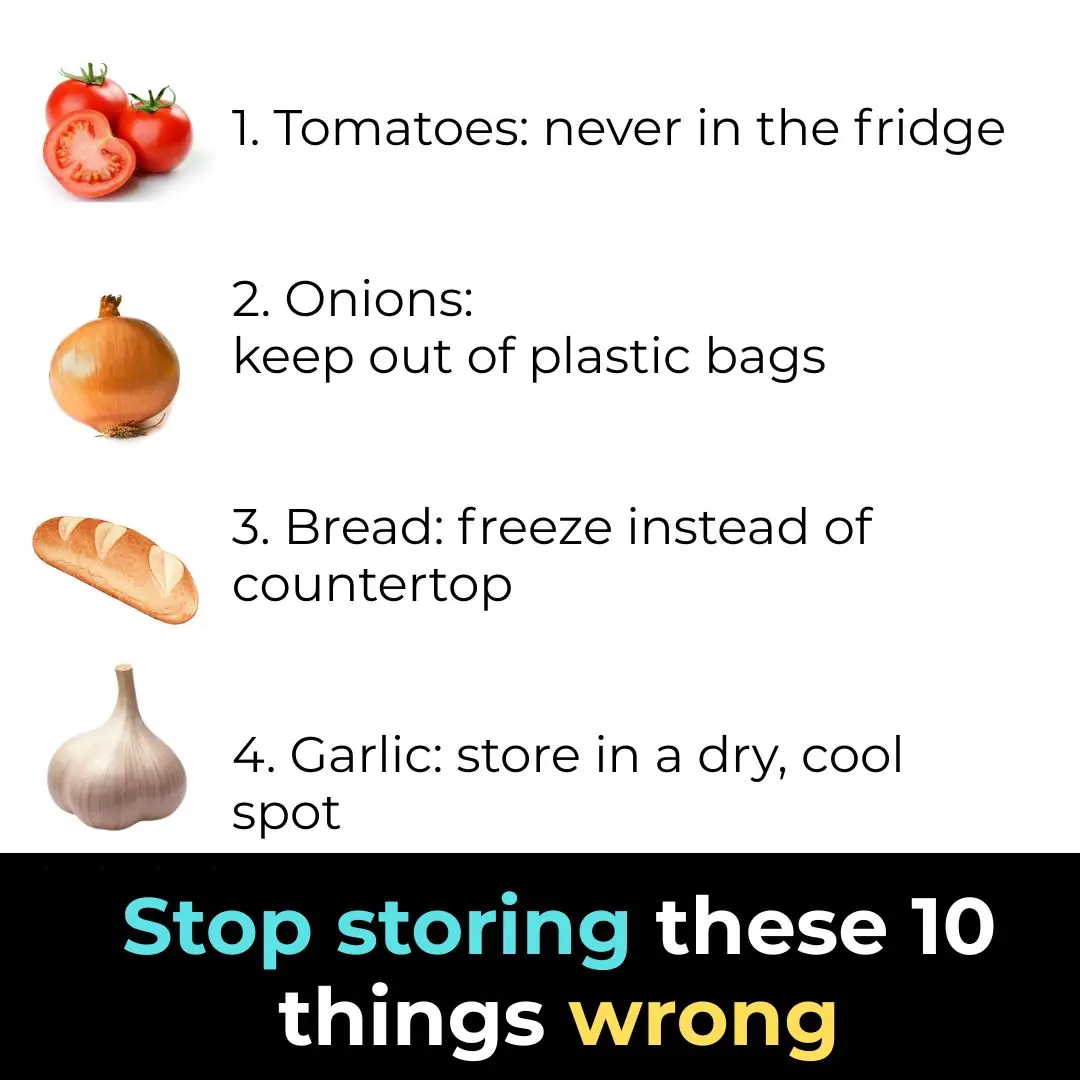
Stop storing these 10 things wrong
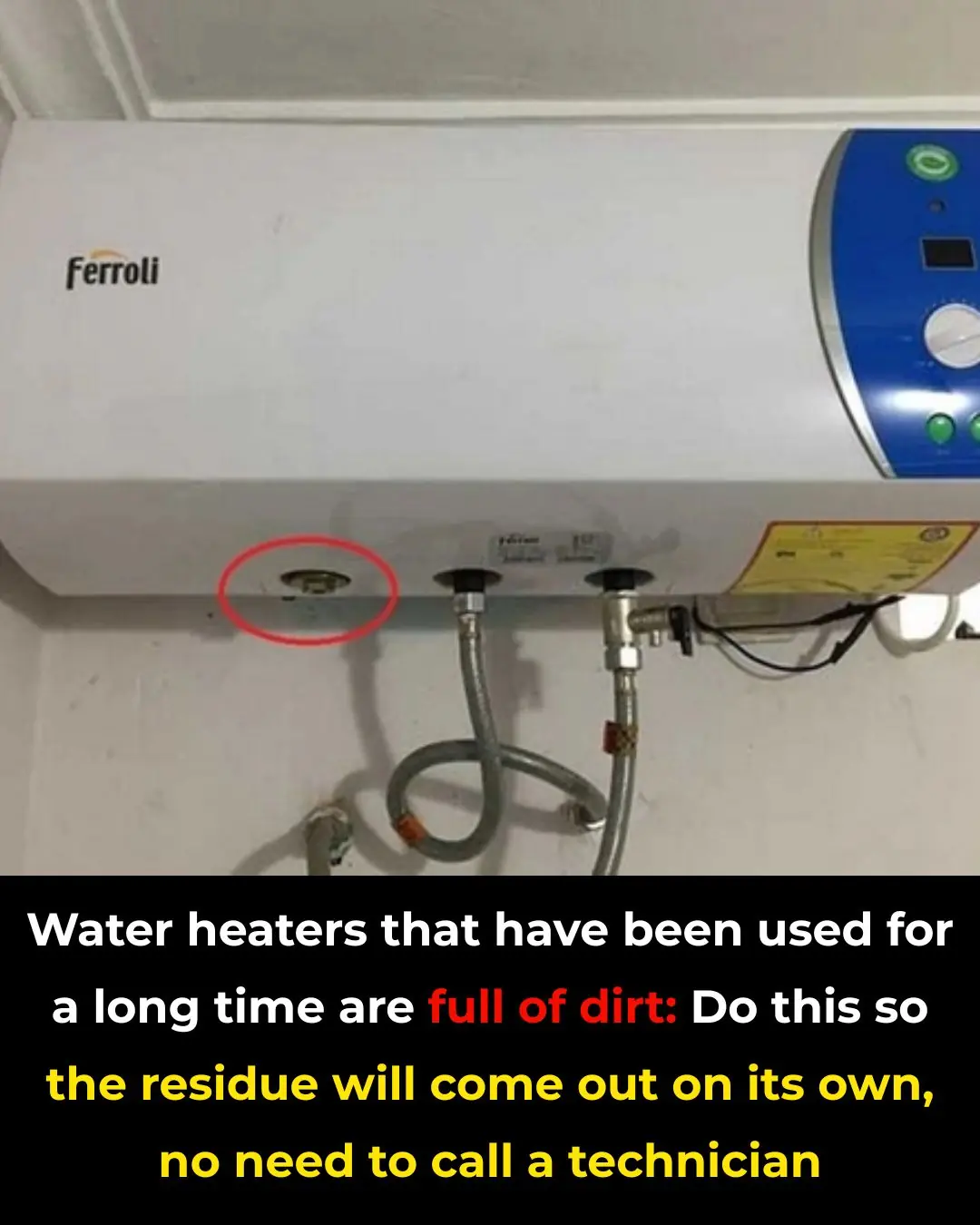
Hot Water Heaters Accumulate Limescale Over Time: Here’s How to Clean It Yourself Without Calling a Technician
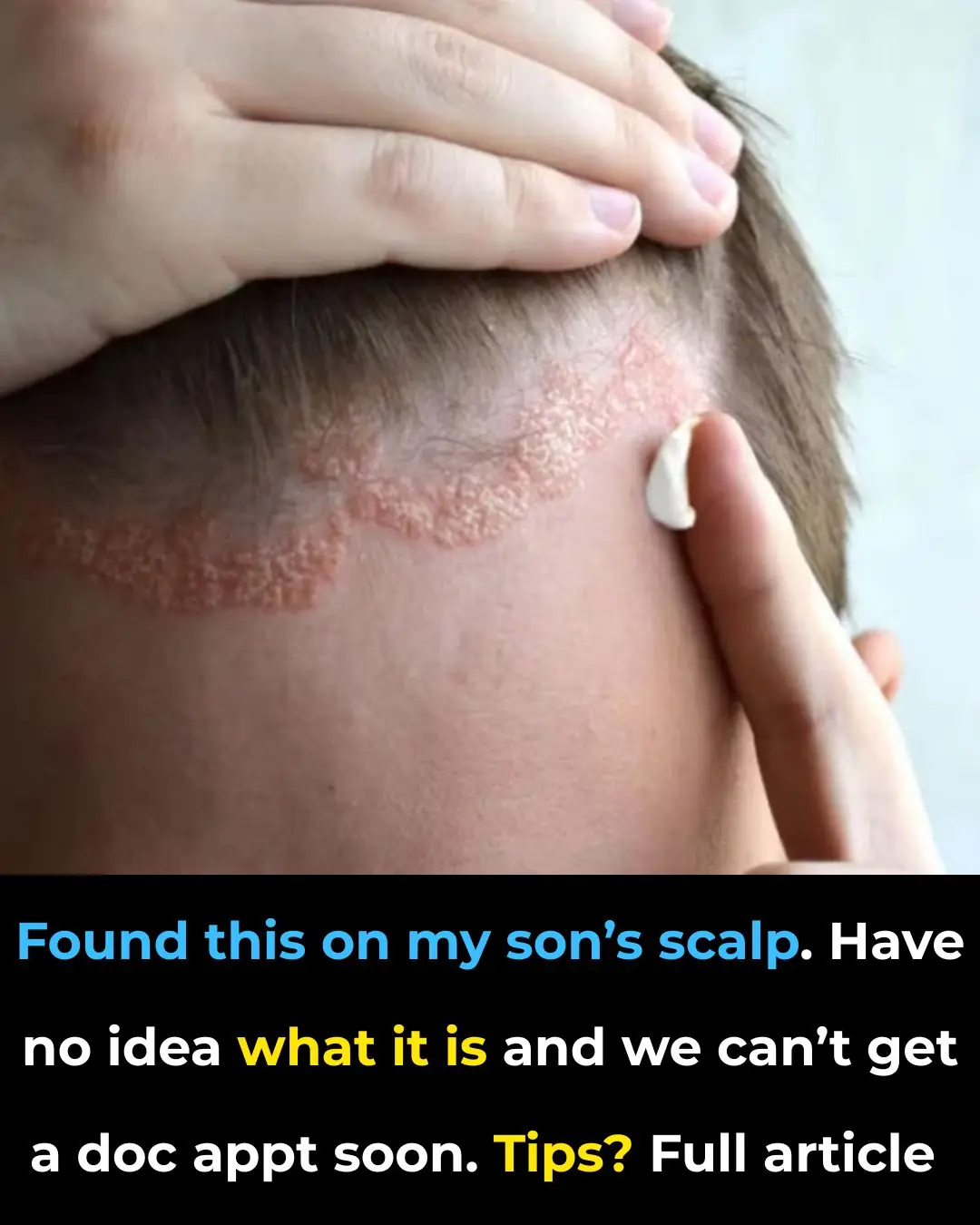
Found this on my son’s scalp. Have no idea what it is and we can’t get a doc appt soon. Tips?
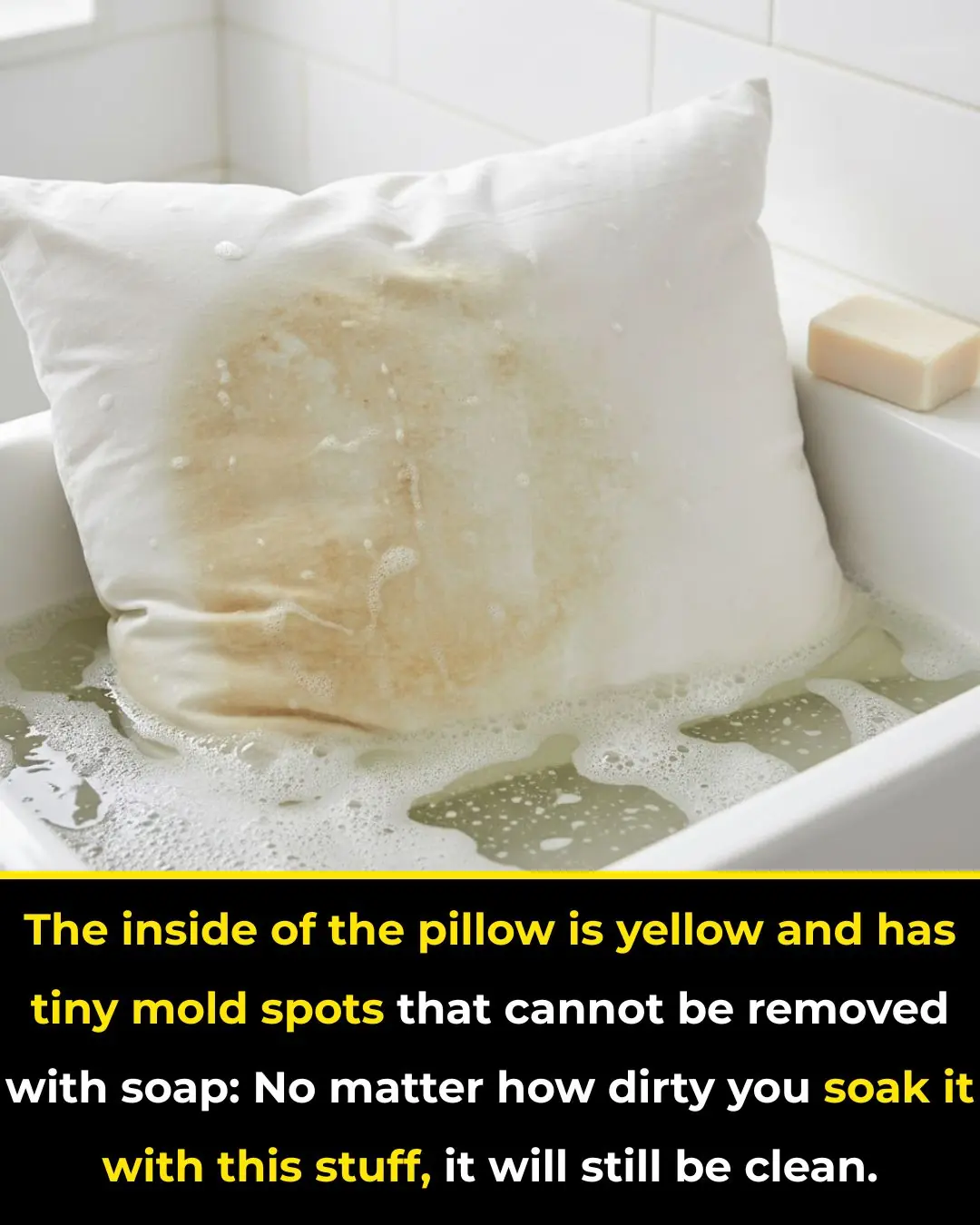
How to Clean Yellowed, Moldy Pillow Inserts That Soap Can’t Fix: Soak Them in This and They’ll Be Spotless
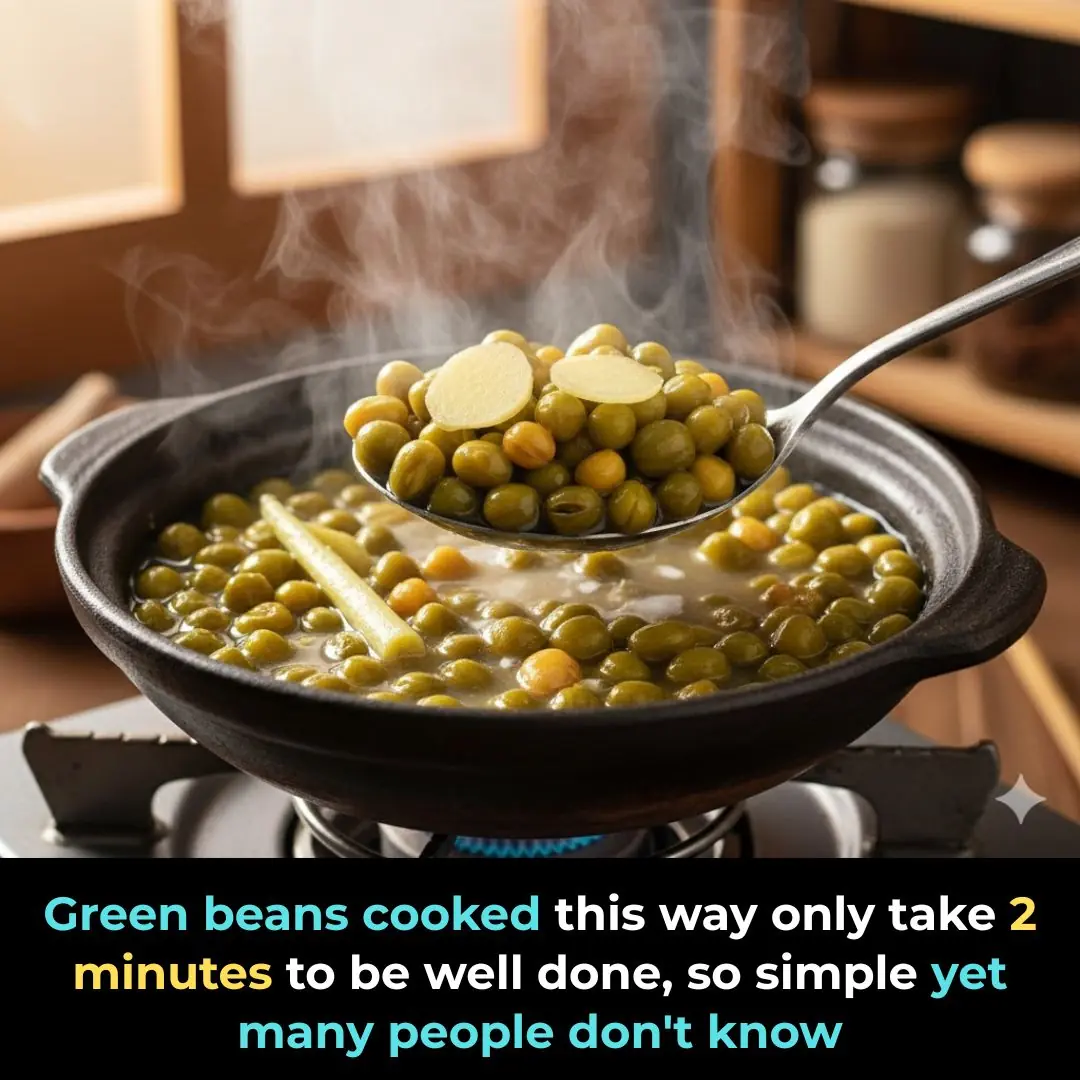
Green beans cooked this way only take 2 minutes to be well done, so simple yet many people don't know

Tips for soaking honey lemons without fermenting, the longer you leave them, the more delicious and nutritious they become.

Your oven hood filter is a greasy mess. Effortlessly get it clean like new again

The secret to longevity after 50: 'Golden' foods for good health
News Post
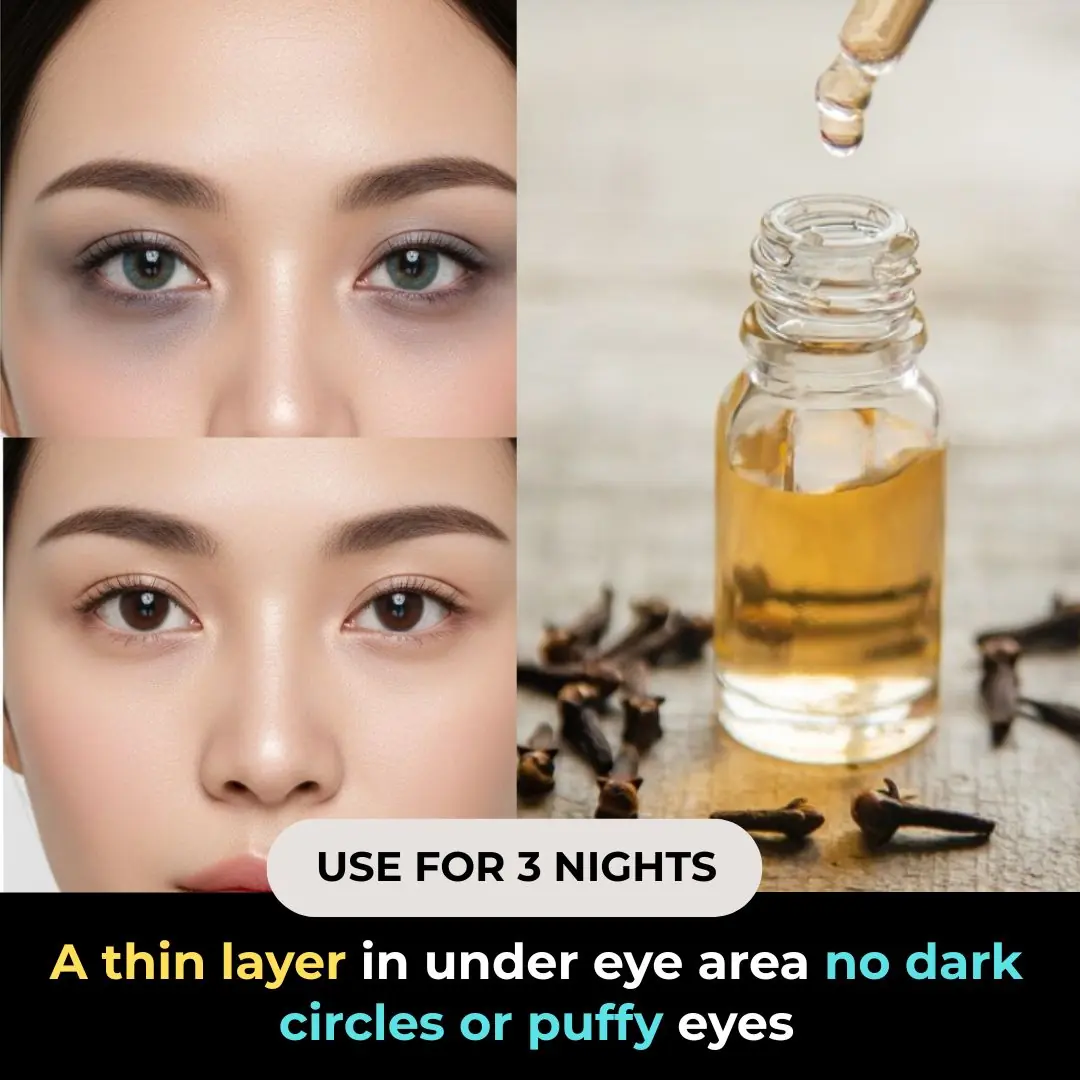
DIY Under-Eye Clove Cream for Dark Circles

Person 'sucked into plane engine' before takeoff dies in airport tragedy
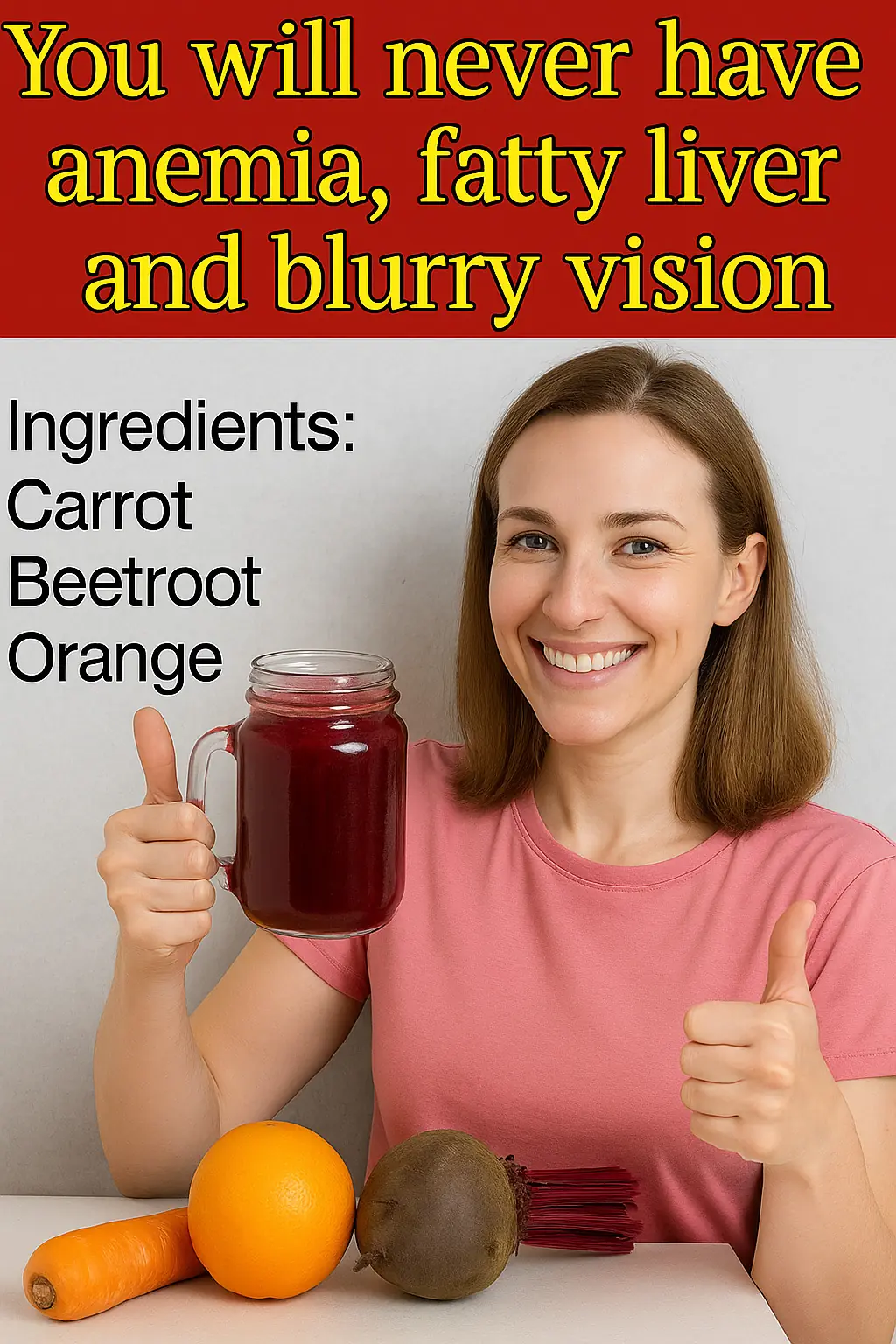
The Powerful Juice That Fights Anemia, Fatty Liver, and Blurry Vision Naturally

Stop freezing these 10 foods

10 top types of house spiders & how to get rid of each one

These ideas are brilliant

10 top types of house spiders & how to get rid of each one

10 Plants You Should Never Grow Near Lavender

Plants You Should Never Grow Near Tomatoes

If You Spot This Snake in Your Garden, Leave It Be — Here’s Why It’s Actually Your Garden’s Secret Best Friend

Don’t Throw Away Grapefruit Seeds – These Tiny Seeds Have Surprising Benefits

Sprinkle Salt Around Your Home on Rainy Days – It Sounds Strange, but the Results Are Amazing

Remove Bad Odors from Your Refrigerator Overnight with These Simple Tricks

Researchers Accidentally Capture Drone Footage of the Year: A Wild Bond Between Predator and Prey
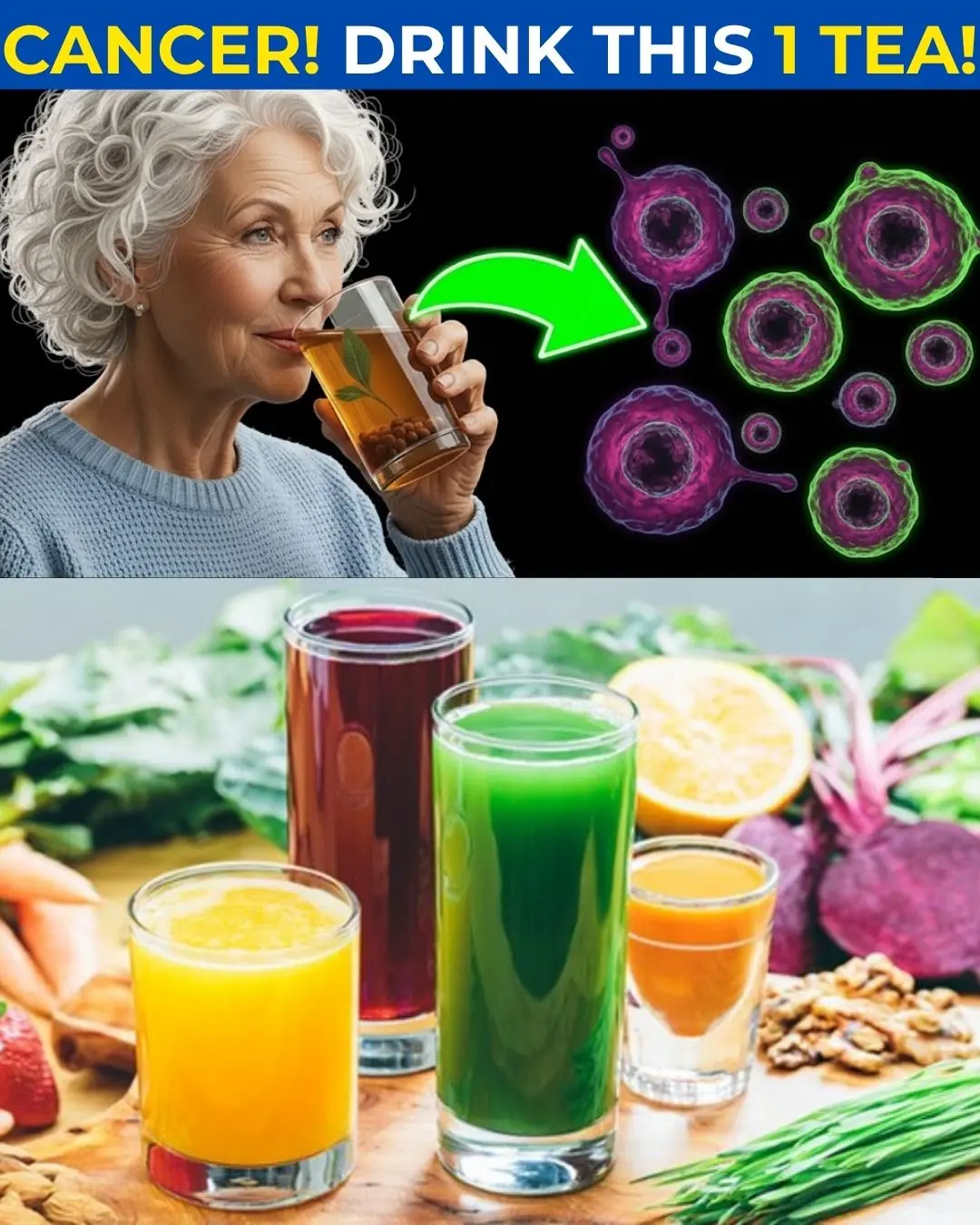
Top 10 Herbal Teas That Actually Kill Cancer — Why Is This Being Hidden? | Healthy Care

DON'T IGNORE! Top 8 Warning Signs Of Blood Clots
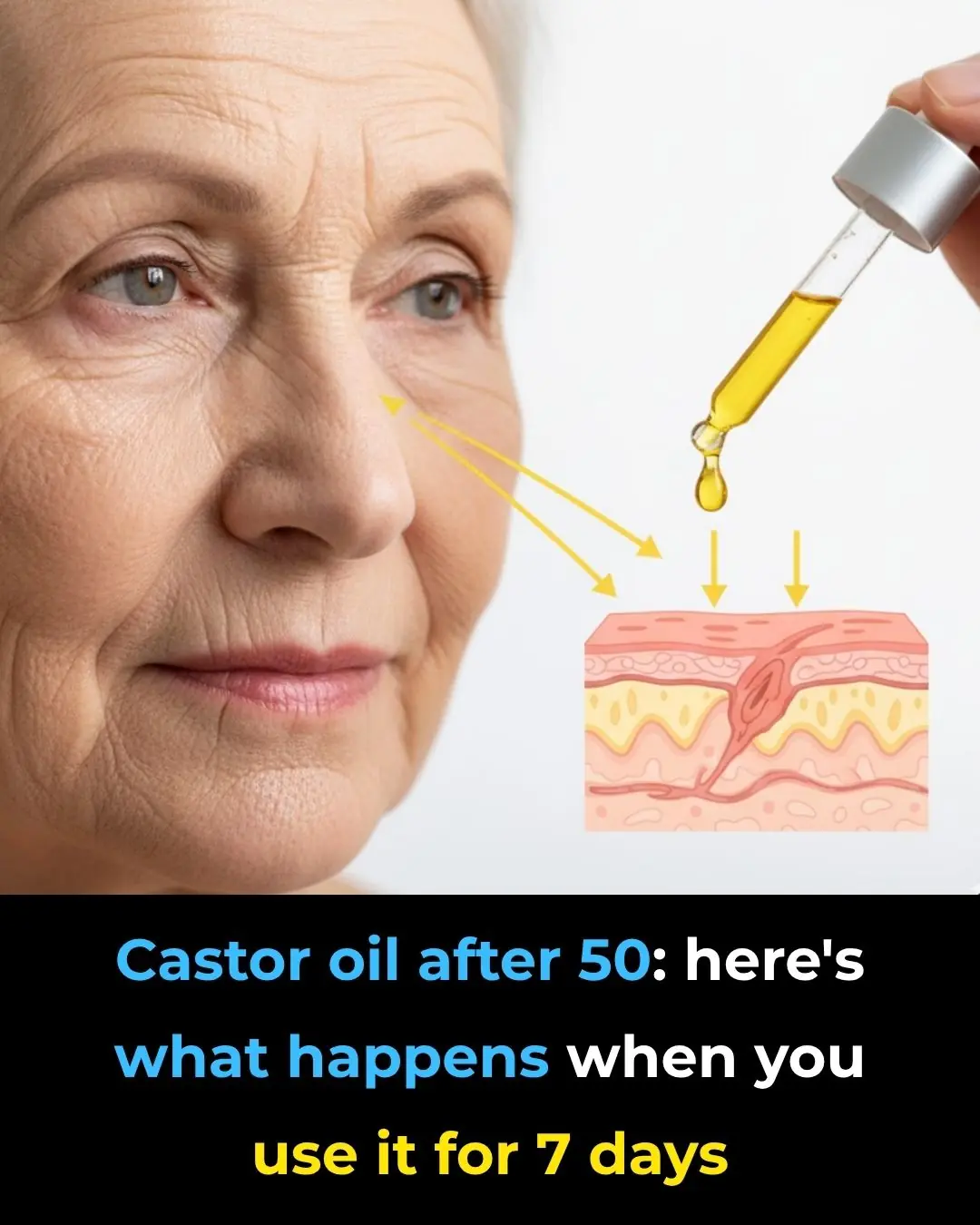
Castor Oil After 50: This Is What Happens After 7 Days Of Use!

He Couldn’t Pull Her Out — So He Held Her Hand.
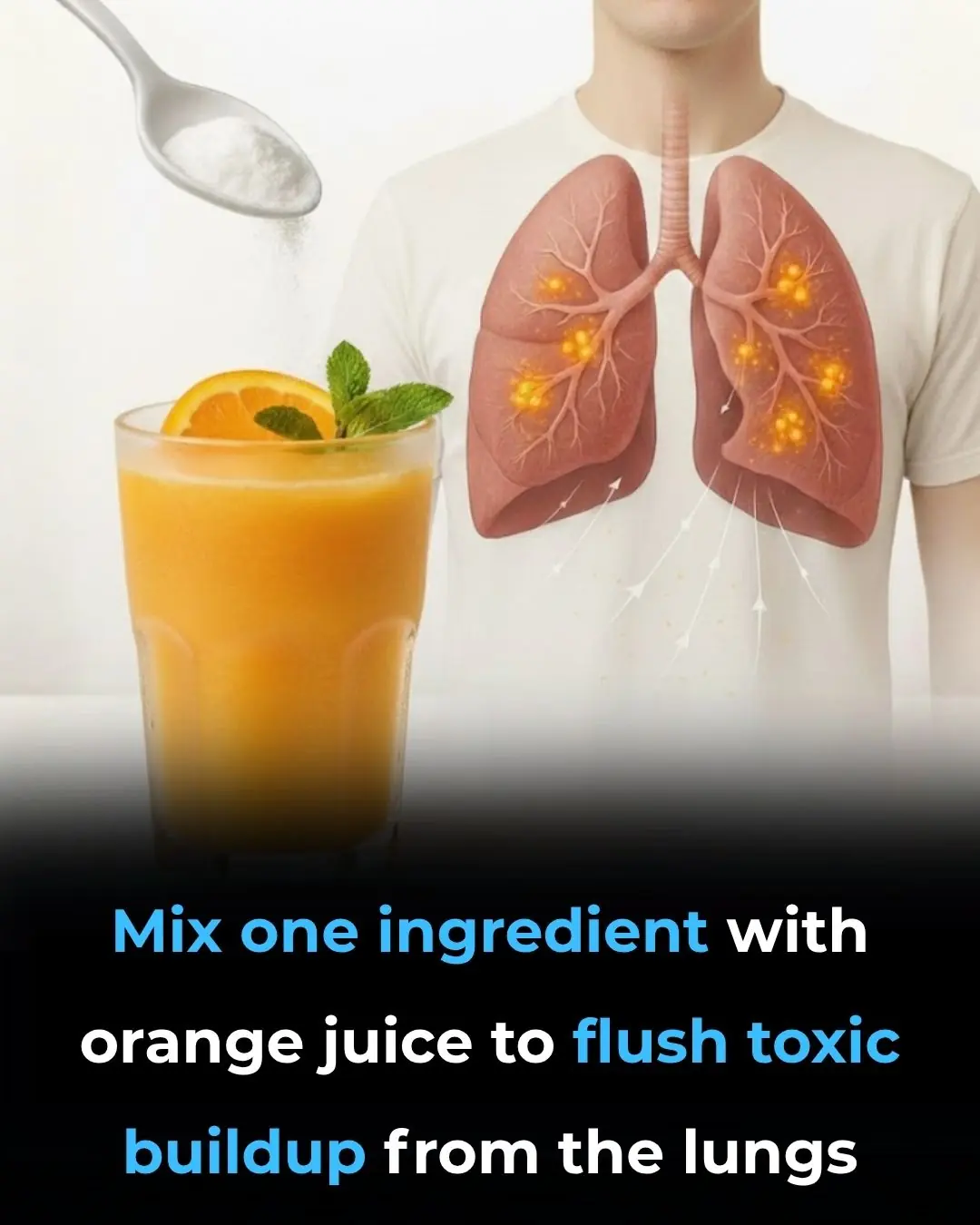
Mix One Ingredient With Orange Juice To Flush Toxic Buildup From The Lungs
